When do you first remember thinking of yourself as a designer/artist? How did you end up doing what you do today?
That’s a difficult question… I think right after school. I first applied for art schools, but that was only because I didn’t know what contemporary art was like. If I had known, then I would have applied for a design school straightaway. But, luckily, they didn’t accept me, anyways. I found that outrageous at the time, of course, but in hindsight I don’t think that my application made much sense, either.
Then I learned how to work with Flash and Director, but at that time felt more like a developer, I didn’t consider myself a designer. I was always working with graphic designers, illustrators or art directors and I would be “the Flash guy”. After I had enough of the ad agency world, I started to study cognitive science – so a much more scientific career choice – with the goal of later designing better user interfaces in the back of my mind. But in the end, I developed my understanding of what it means to design and how to do it not before I started my interface design studies in Potsdam.
Still, I don’t care too much about the labeling. But when I read about great designers, quite often this resonates more with me than when I read about great scientists or great engineers. So, this is maybe somehow how I recognize where I belong.
What excites you about being a designer/artist? Why do you keep doing it?
Design is all about making sense. It’s giving meaning to things, making sense out of things. It’s fabulous if you can do that every day. It’s the best thing.
What do you think is your most important skill, and why?
Persistence. Many people think design is mostly about creativity, about that genius spark, the one great idea that hits you one day while under the shower. But then, if you look at many designers’ works, you will notice that much of their success is due to the fact that they simply don’t give up until they know they found the best solution they can come up with. This is hard work. Look at Nicholas Felton’s annual reports, for instance. You can see how much work goes into the data gathering, but you can also see how he pushes style and concept of the reports year after year. A mediocre designer would have stopped after the first report. Nicholas is still looking for the report. And that’s part of the secret.
Tell us about the community you're working in.
I used to work in agencies, and also as part of a small research team at Potsdam during my times as a research assistant. Over the last two years I worked freelance – and actually much on my own –, designing my own projects and also producing them myself. Lately, I started to do more collaborations again with some people on several projects, and I’m really happy about this. But these collaborations vary from project to project.
Most of the substantial discussions and relationships with designers and people in information visualization have actually happened online over the last few years, using Twitter and our blogs to stay in touch and discuss what has been going on in the scene with the occasional meet-up at conferences.
In what ways does working within a community influence your work?
Well, as mentioned before, I do many project alone when it comes to the information visualization part, but I always enjoy working together with, for instance, good graphic designers or great programmers. There is always so much to learn!
I know that when I publish a new project, quite a few people will look at it online. So that certainly leads me to second guess my work. But I think it would be great if there were a more differentiated and balanced form of information visualization critique online. Some blogs like the Why Axis do a great job of being respectful of the work, but also in pointing out problems and not just bashing or blindly praising anything new. There should be more of this kind of critique. Then again, I also know how time consuming it is to write a substantial critique…
What role does collaboration with others play for your projects?
I have always very much enjoyed collaborating with experts who do something completely different from what I do. For example the architects in the MACE research project. Or the physicist and the biologist I worked with for the well-formed.eigenfactor project who were totally into network analysis. Or, more recently, the collaboration with the economists and statisticians at the World Economic Forum and the OECD. By exploring and discussing a piece of the work together with these experts by means of data visualization has always taught me a lot about the different, but often also very similar, ways other professions see the world.
What do you wish to achieve with your work?
I hope that I can make statistics, and digging through data, and actively working with data, and second-guessing data, and hypothesizing – all of these actually rather scientific activities –, I hope I can make them more attractive to more people. Because I think that it’s key that you don’t just consume, like, the simplest, pre-digested factoids about something, but really start to ask some questions. And if your government gives out some numbers, you look them up yourself and actively engage with the data. I hope some of my work can demonstrate that actively consuming data doesn’t have to be dull or hard work, but that it can be joyful and interesting.
And relatedly, for people working in visualization, I hope I can set a good example for how to push the envelope in visualization and be innovative and brave, while at the same time not losing track of the meaning and stories behind the data. I want to provide some real value and not just the “illusion of information.”
What do you think you can actually achieve with your work, where are the limitations?
There is so much more to discover in how we can use information visualization and new forms of visualization. I am sure that in a few years we will look back to today and say we had no idea of what was possible. I started my blog, Well-formed Data, five years ago, and boy, have things changed in the meantime!
Regarding limitations, I am constantly hitting walls. Expressing really complex things in a compact visual form, and not lie about the data, and be accurate, and still provide some interesting and detailed stories while also showing the big picture – it’s a constant struggle with limitations. But this tension is what the field is driven by and what makes it interesting.
How has your work changed over the years? How did your goals change?
I’d say in the beginning I was more fascinated with the simple fact that you can turn data into images, and in a way I was just exploring different facets of that simple fact, or different systems that do this. This is still a very interesting field and I find some of the purely formal work of, say, Casey Reas really interesting.
But for visualization, the question should be: “Okay, now what can we do with it?” For me, over the last few years I tried to reflect on what visualization is good for, what it’s not so good for, who does what with it, where the whole field should head, and so on. I stopped thinking of just specific algorithms, and started questioning the role of visualization itself more.
If you had the chance to tackle a really big problem our society is confronted with, what would it be?
I think the biggest problem, generally, is the different speeds at which different parts of our society evolve. We have this very fast technological layer powering, for instance, global financial markets, which were totally, completely changed over the last few decades. They are much faster than the “normal” economy and again much, much faster than politics, culture and society. If algorithms are trading on Wall Street and companies have to be shut down because of some strange attractor in a complex system, in the end, this will affects us all. So, to tackle these issues, we all need to stay critical and make up our own minds, based on our own data explorations. And if visualization could help with that, that would be great.

